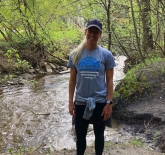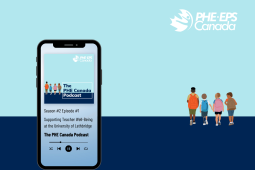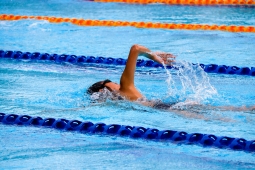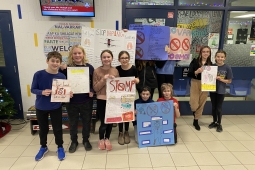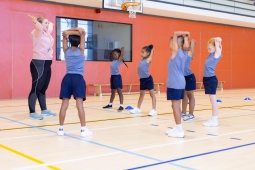Teach(er) Resiliency Blog Series: Overcoming Trauma and the Lessons I Learned Along the Way
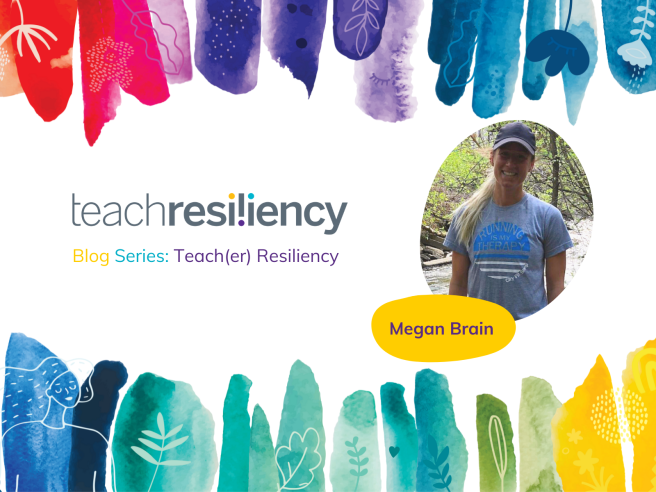
Teach(er) Resiliency Blog Series: Overcoming Trauma and the Lessons I Learned Along the Way
We have all been through a lot. No need to sugar coat it. Our relationships, patience, trust, empathy, and ability to respond to an ever-changing world have been put to the test. How are you managing it all?
After two years of feeling disconnected, stressed and emotionally drained, many of us are ready to move on. But, how do we do this? Especially in our current state where everyone seems so divided and tense? While the aftermath of the COVID-19 pandemic will affect everyone differently by bringing a unique flood of thoughts, strong emotions and uncertainty, human beings generally adapt well over time to life-changing and stressful situations—in part thanks to resilience.
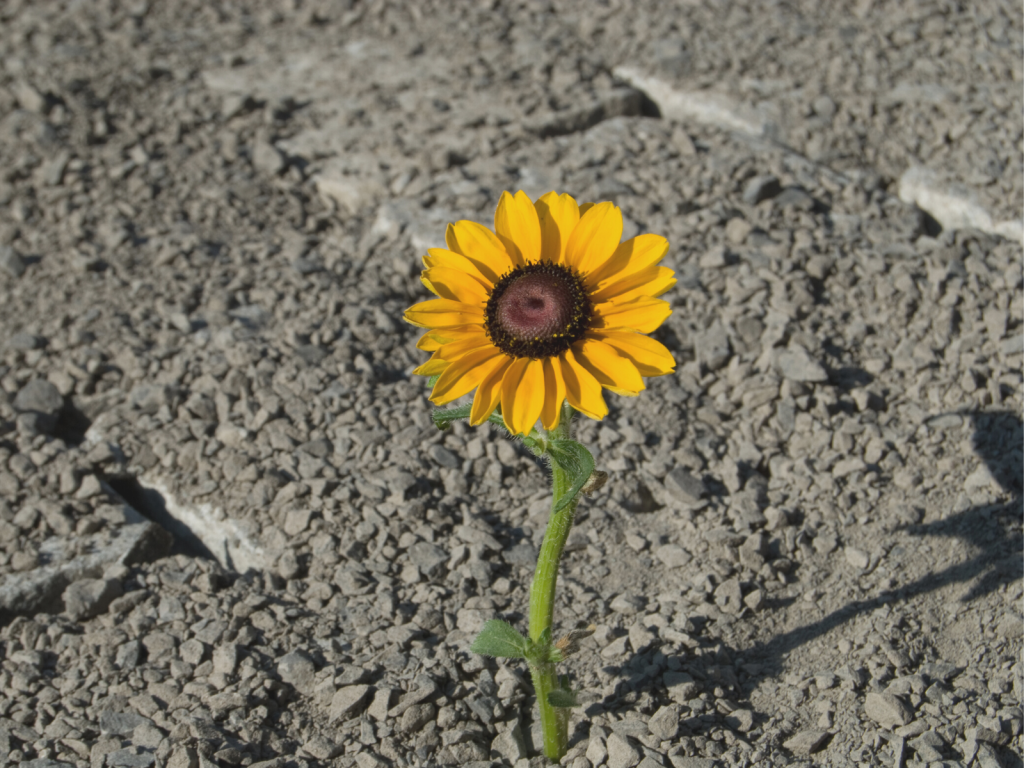
Psychologists define resilience as the process of adapting well in the face of adversity, trauma, tragedy, threats, or significant sources of stress (Canadian Mental Health Association, 2022). You often hear of people “bouncing back” after a traumatic life experience or as a result undergoing some serious personal growth. That personal growth is resilience and will not only help with difficult circumstances, but also empowers you to develop and even improve your life along the way. So how do we get better at “adapting well” to situations that are uncomfortable and painful to experience? I want to share how I overcame trauma (prior to the start of COVID-19) and how that experience has shaped my future thinking patterns.
Looking Back
I still get flashbacks of when I was in the ER telling the nurse on duty that I wanted to end my life. It was days after I had my third child, Benjamin, and I felt hopeless and desperate. To be honest, I don’t think I actually wanted to commit suicide, I just wanted the doctors to administer a pill that would knock me out, wipe my memories, and allow me to wake up with a clear mind, anxiety free. Apparently, pills like that don’t exist. If I wanted to get better, I had to be awake, living through every thought, feeling, and emotion that went along with it. That day in the ER was almost three years ago now and while anxiety has a tendency to creep back in just when you think you’ve finally tamed the beast, the resiliency I’ve gained has allowed me to cope with all those pesky thoughts.
I’m not sure that there was one specific incident that pushed me over my tipping point, but they all centered around guilt, shame, and perfectionism. Even as I write this, I question what others will think. I often compare myself to others. I’m driven, professionally, to use my experiences and education to promote mental health in schools; yet, I often feel guilty sharing my story when others around me have had it “so much worse”. Needless to say, I’m still working through some challenging thoughts and a new way of thinking, but I now feel a sense of renewed confidence to face this world head on with all the uncomfortable feelings that come along with it.
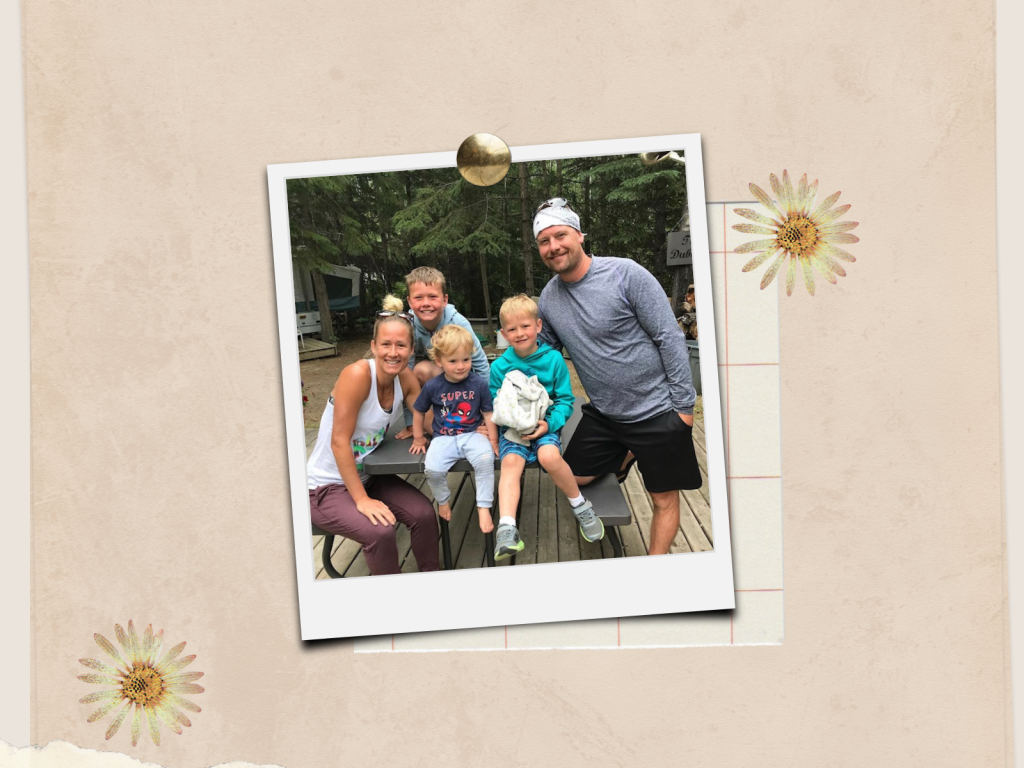
Benjamin Paul Brain was born on July 4th, 2019, 5 weeks earlier than his expected due date of August 10th. It’s not like I lacked experience with pregnancy (Benjamin is actually my 3rd child, following his two older brothers, William and Jack). It’s just that this one threw me some curveballs I was not prepared to hit. At 32 weeks, after coming home from an early morning yoga class and getting ready for school, I felt a big “whoosh,” something I thought was my water breaking. Turns out, it wasn’t my water breaking, it was blood. Without going into the fine details of that day, these memories have stuck with me for a while and opened the floodgates to feelings of anxiety I had never felt before. The anxiety was mostly driven out of blame and guilt like I had done something wrong - this in combination with feeling a loss of control. I started having frequent panic attacks (and bleeding), which eventually led to me being admitted to the Misericordia Hospital until Benjamin was born. While the anxiety was manageable while I was in the hospital, anytime I left, the fear and panic became inescapable. I could not “get out of my head” and felt powerless. I had terrible thoughts about what was going to happen to me, to the baby, to my family, and had no way of escaping. My hope was that once the baby was born, all of the negative thoughts and associated anxiety would dissipate. I was wrong.
I have always been empathetic (and aware) of the significance of mental health; but it wasn’t until I experienced mental illness firsthand that I realized how your entire being is disrupted. As health is a complete state of physical, mental, and social well-being, individuals who suffer with mental health problems can be completely and entirely affected by their illness. Living with mental health struggles provided me with an opportunity to reflect on my past experiences to determine what protective factors I already possessed and what could have better prepared me to deal with this trauma.
The months following Benjamin’s birth were no doubt challenging, but I made it through. I can now see the light on the other side of trauma and for any of you going through challenging times right now, please understand this:
- You are not alone
- Your feelings matter
- You are resilient
- You too, will get through this.
Lessons I Learned Along the Way
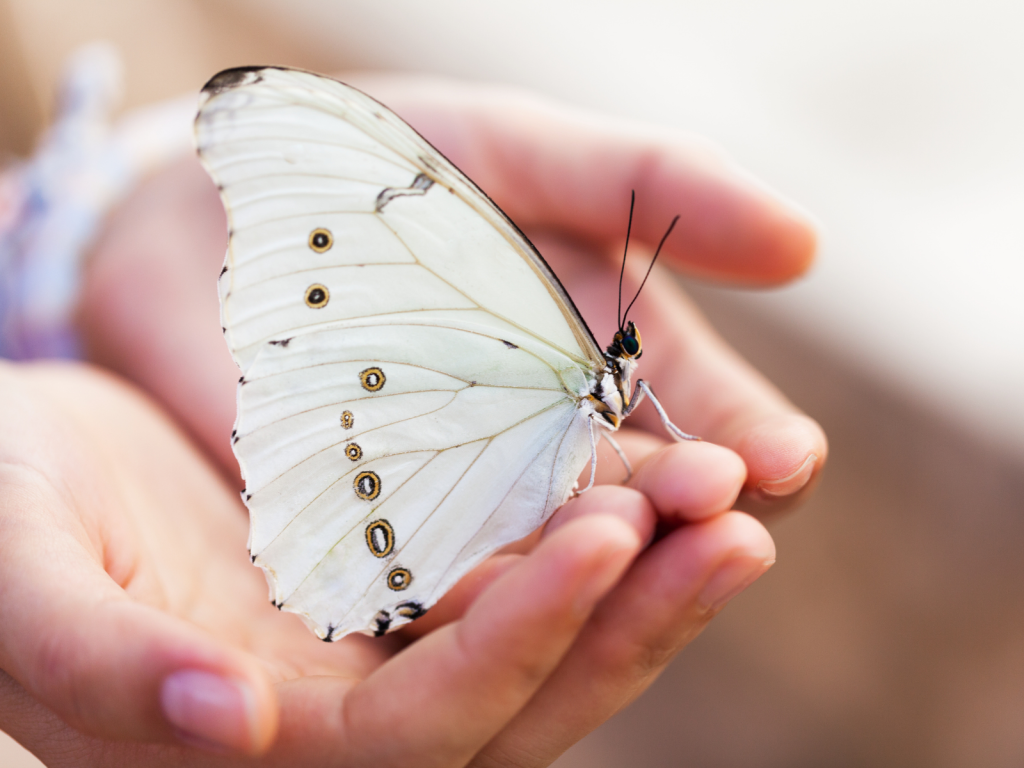
1. Make Time for Mindfulness
Prior to this experience, I had not realized how much my thoughts were controlling me rather than vice versa. I struggled with the recognition that thoughts were really “just thoughts” and can come from anywhere and everywhere - past experiences, exposures, and even our evolution. By trying to escape certain feelings and uncomfortable thoughts, we can actually make the feelings worse. A practice that helps with the leaving alone of certain thoughts, the thoughts that might lead into anxiety loops, is mindfulness. Jon Kabat-Zin, the founder of mindfulness therapy, defines it as “an awareness that arises through paying attention, on purpose, in the present moment, non-judgmentally” (Mindful, 2017, para. 1). While physical activity, including yoga, were always part of my day-to-day, mindfulness is different in that it involves slowing down and becoming aware of your present state. I encourage EVERYONE reading this to start prioritizing mindfulness by trying to find time each day to practice. It will take some learning to gain confidence in your mindfulness practice, just as it would with any other new skill, but the great thing about mindfulness is that there really is no right or wrong way of doing it. Building mindfulness into my day, whether it be when I’m driving, laying down with my children at night, or even doing the dishes, has been fundamental in my recovery.
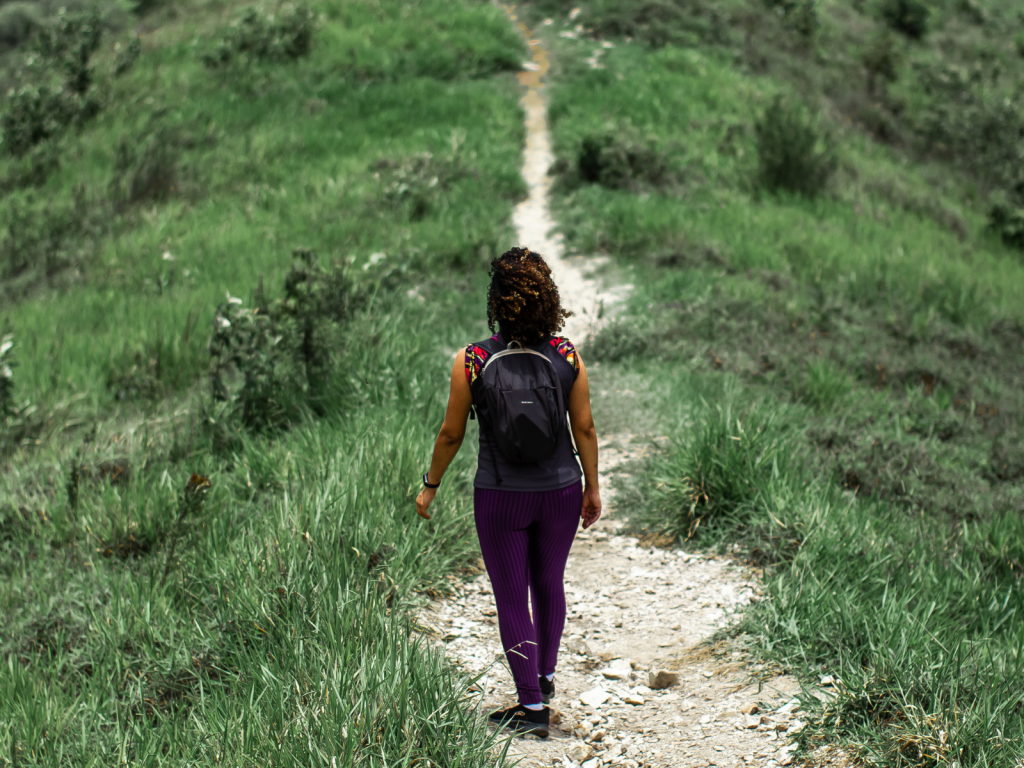
2. Good Things Take Time
Remember, a magic “fix me” pill does not exist. Recovery from a mental illness takes time and will happen in stages (American Psychological Association, 2012). After those initial few days of pure panic and coming to the realization that this was not just going away on its own, I got professional help. I started taking a variety of medications and arranged weekly therapy sessions with a psychologist. I would love to say that this so-called “gold standard” of treatment (medication + talk therapy) helped right away, but truthfully, it was a grind. A mountain that I could not have climbed on my own. Reaching out and getting professional help early was an important step in my recovery process. I began learning more about anxiety disorders and treatment options, and I still remember when I would get flashes in my day - which eventually became minutes and gradually, hours - when I felt a sense of hope and calmness that I was exactly where I needed to be and that everything was eventually going to be ok.
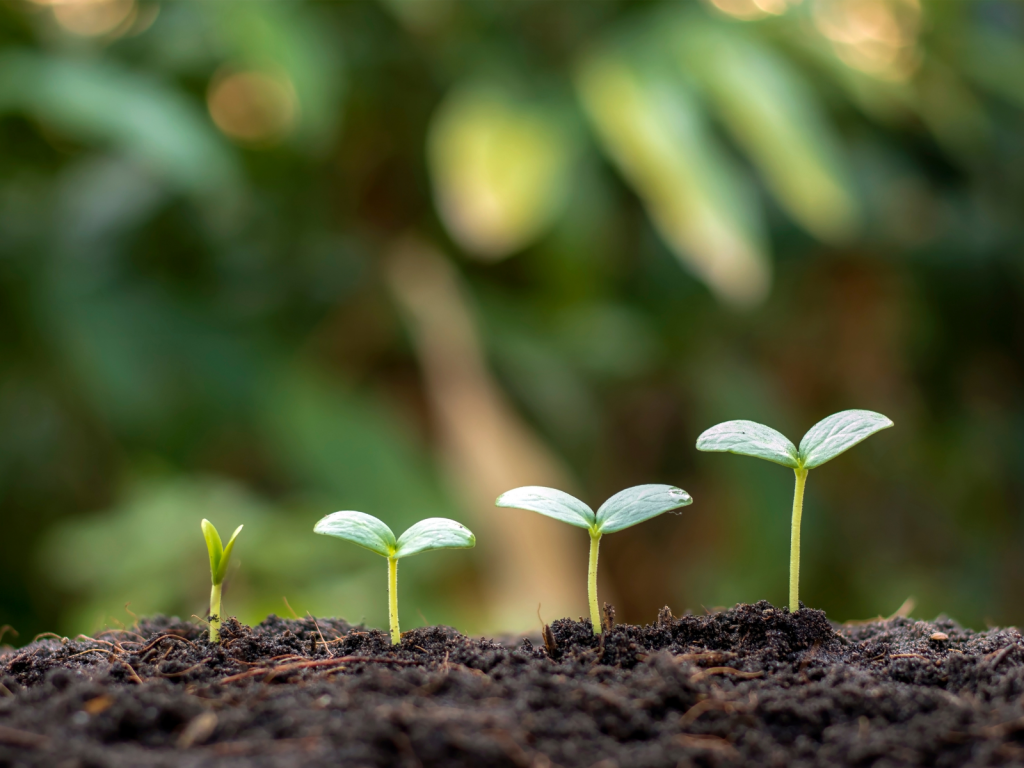
3. Wellness Really is Multidimensional
The Global Wellness Institute defines wellness as "the active pursuit of activities, choices, and lifestyles that lead to a state of holistic health" (2022, para. 1). Wellness is not a state of mind, but a state of being. Wellness is so much more than just being free from illness - it is multidimensional. Most wellness models contain at least 5 dimensions: physical, emotional, spiritual, social, and intellectual health. That being said, the dimensions of wellness will ebb and flow throughout your life, contributing to your overall state of being. As a physical and health educator of 12 years, I understand this definition, but it was not until a collapse in my own mental health, that I fundamentally realized how one dimension could so deeply impact my overall well-being. While every part of me wanted to shut down socially, intellectually, physically, and spiritually, I knew that my emotional health would only suffer more. So, I continued exercising, started a mindfulness practice, focused on my nutrition, attempted to get quality sleep, connected with friends, family and the outdoors, started writing a thesis on mental health, and even found time to laugh about the whole thing. I don’t remember how long it took before these daily activities went from less exhausting and frustrating to actually enjoyable, but gradually, one-day-at-a-time, they did.
Moving forward, I will continue doing the “little” things, day-to-day, that I know promote mental health and well-being. I will feel all the feelings, listen to my body, and will recognize that I can’t control what happens in the future. Life is unpredictable and we will all experience trauma and challenges to our mental health at some point. To better prepare for those moments in time - and to learn from all my struggles - “make time for your wellness, or you will be forced to take time for your illness” (Sunada, 2022).
References
American Psychological Association. (2012). Recover Principles. Retrieved from: https://www.apa.org/monitor/2012/01/recovery-principles
Canadian Mental Health Association. (2022). Mental Health for Life. Retrieved from: https://cmha.ca/brochure/mental-health-for-life/
Global Wellness Institute. (2022). What is Wellness? Retrieved from: https://globalwellnessinstitute.org/what-is-wellness/
Mindful. (201). What is mindfulness? The founder of Mindfulness-Based Stress Reduction explains. Retrieved from: https://www.mindful.org/jon-kabat-zinn-defining-mindfulness/
Sunada, J. (2022). The Ripple Effect of Teacher Wellness: Taking Time Out for Your Wellbeing. Thompson Educational Publishing, Inc. Retrieved from: http://thompsonbooks.com/kto12/h/huddle/ripple-effect/

